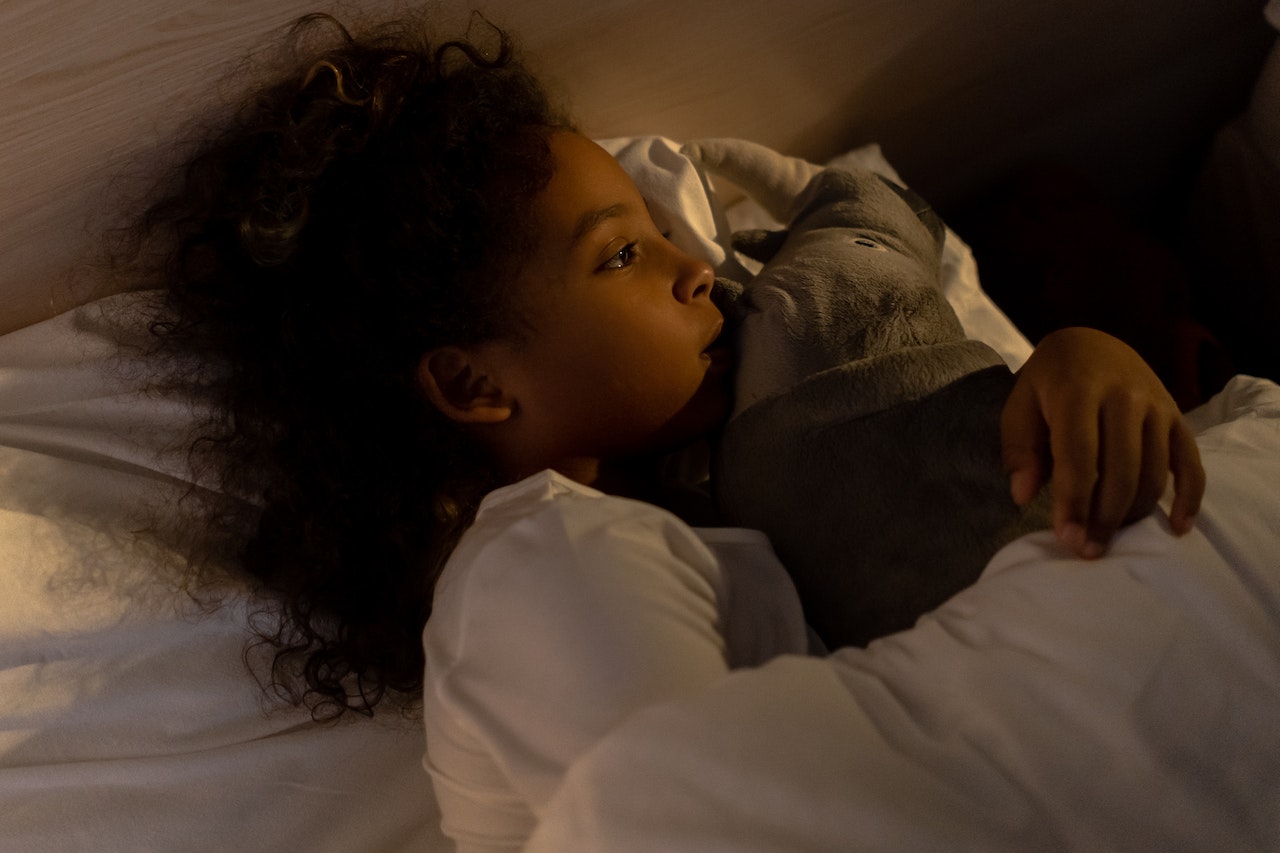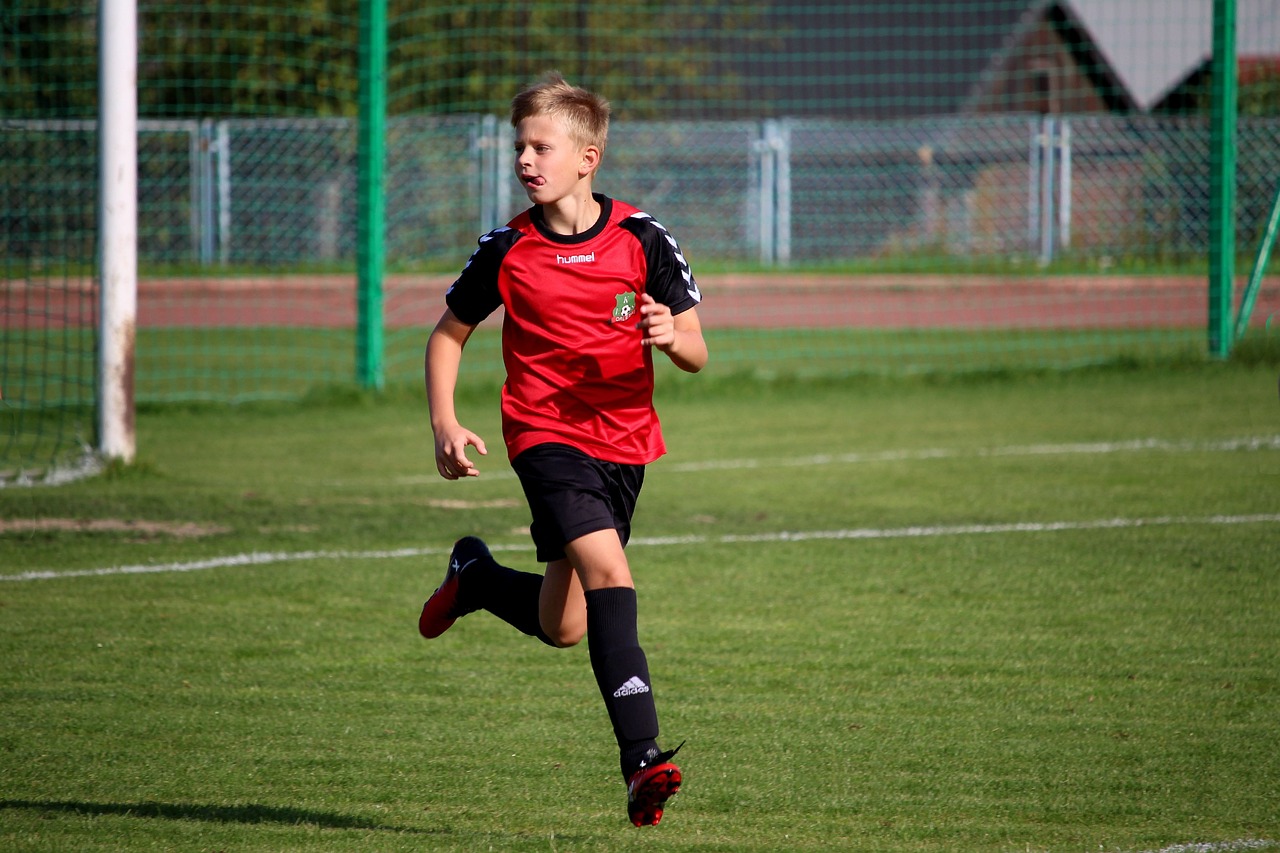Parenthood. That glorious journey filled with joy, laughter, and an occasional bout of utter confusion. Today’s episode on “Surviving Your Offspring” features a classic: the fear of the dark. Yes, that primal dread that turns bedtime into a horror movie audition, with your child in the lead role. But worry not, my friend, for we shall delve into the abyss of nocturnal fears and emerge victorious, armed with advice as solid as grandma’s fruitcake.
Understanding the Boogeyman
First things first, let’s get into the shoes, or rather, the tiny, trembling slippers of our little ones. Fear of the dark, also known as Nyctophobia if you want to be fancy, is as common in children as their ability to lose one sock. It’s a rite of passage, like teething or throwing tantrums in the supermarket.
But what exactly is it about the dark that transforms children’s bedrooms into potential horror movie sets? Let’s dive a little deeper, shall we?
When we talk about the fear of the dark, we’re not just addressing the mere absence of light. Oh no, we’re dealing with a cocktail of imagination, developmental stages, and the primal instinct of fear.
The Imagination Runway:
Between the ages of two and six, children’s imaginations are like rockets, ready for takeoff at a moment’s notice. The dark serves as a blank canvas, allowing their creative juices to flow unhindered. While this can lead to enchanting tales of moonlit adventures, it can also pave the way for less pleasant productions featuring monsters, ghosts, and things that go bump in the night.
Developmental Dances:
As children grow, their cognitive abilities bloom, and with that comes the realization that the world can sometimes be a scary place. The dark represents the unknown, a realm where their blossoming sense of logic and understanding fails to shine. It’s a developmental dance, where fear and imagination waltz hand in hand, often leaving parents as the unwilling audience.
The Primal Fear:
Fear of the dark is not just child’s play; it’s rooted in our very survival instincts. Back in the day when we were hanging out in caves and trying not to become midnight snacks for saber-toothed tigers, the dark represented danger. Fast forward a few millennia, and while the tigers are no longer a threat, the primal fear lingers, like a genetic hand-me-down no one asked for.
When Does the Boogeyman Bid Adieu?
Now, you may be wondering, “When does this nocturnal nightmare end?” Patience, dear reader, for there is light at the end of this dark, metaphorical tunnel. As children grow older and their understanding of the world matures, the fear of the dark tends to fade away. Usually, by the age of seven or eight, the Boogeyman packs his bags and moves on, in search of more gullible accommodations.
However, it’s crucial to address this fear head-on, transforming the terrifying into the tangible. By acknowledging their fears, equipping them with Monster Spray, and throwing the occasional bedtime dance party, you’re helping your child navigate through this shadowy phase.
So, What’s a Parent to Do?
1. Become a Monster Detective
First on the agenda is to tackle the issue head-on. Initiate a game of Monster Detective. Equip yourselves with flashlights and inspect every nook and cranny of the room. Peek under the bed, investigate the closet, and scrutinize behind the curtains. The goal is to prove that monsters have a terrible sense of direction and couldn’t possibly find their way to your child’s room.
As you conduct your investigation, keep the mood light and sprinkle in some humor. “Oh, Mr. Monster, you left your socks here!” or “Mrs. Monster, this is no place for a tea party!” This not only makes the situation less terrifying but also shows your child that you take their fears seriously, even if you’re addressing them with a chuckle.
2. The Art of Distraction
When darkness falls, and the room turns into a potential scene from a horror movie, distraction is your best friend. Engage your child in a discussion about their day, their favorite book, or the intricate politics of the playground. This will shift their focus from the ominous shadows to a more pleasant topic. If your storytelling skills are up to par, you might even weave a tale of the “Friendly Night Guard,” a character who watches over sleeping children and scares away any ill-mannered monsters.
3. Light It Up (But Just a Bit)
While installing a floodlight in your child’s bedroom might sound like a tempting solution, it’s a bit of an overkill. Instead, opt for a nightlight. A small, dim light that says, “Take that, darkness!” without turning the room into an interrogation chamber. Let your child choose the nightlight, empowering them to take control of the situation. Who knows, they might just pick a superhero-themed one, because even monsters know not to mess with Spider-Man.
4. The Power of Positive Association
Turn the tables on the darkness by associating it with something positive. How about a mini bedtime concert featuring songs about the night, stars, and the moon? Or perhaps a collection of bedtime stories that celebrate the beauty of the night? This will help in transforming the dark from a villainous entity into a backdrop for pleasant activities.
5. The Superhero Sleep Strategy
If there’s one thing we know about children, it’s that they have an unshakeable belief in the power of superheroes. So, why not channel this into a bedtime strategy? Introduce the concept of “Bedtime Heroes” – courageous characters who love the dark and ensure safety while everyone sleeps. You could even take it up a notch by gifting your child a superhero cape to wear to bed. Because as we all know, monsters are terribly allergic to superhero capes. It’s science.
6. DIY Monster Spray
Here’s a fun activity that doubles as a nocturnal peacekeeper: create your very own Monster Spray. All you need is an empty spray bottle, water, and a few drops of lavender oil (for that calming effect). Let your child decorate the bottle with stickers and give it a cool name like “Bye-Bye Boogeyman” or “Gone Ghoul Gone”. Before bedtime, do a quick spray around the room to keep those pesky monsters at bay. Bonus: your child’s room will smell amazing.
7. The Bedtime Routine Remix
Establishing a solid bedtime routine is like creating a sleep-inducing ritual. It signals to the child (and their overactive imagination) that it’s time to wind down. So, how about we add a fun twist? Incorporate a “Monster Boogie” dance party, where you and your child dance around, shaking off any lingering fears. Follow it up with a calm activity, perhaps reading a book or a gentle lullaby, creating a perfect transition to dreamland.
8. Embrace the Shadows
Instead of treating the dark like an unwanted guest, try embracing it. Engage in shadow puppet play, transforming those scary shadows into fun, interactive characters. All you need is a flashlight and a pair of enthusiastic hands. Create stories featuring the shadow characters, ensuring they have happy endings. This will help in changing your child’s perspective, making the dark a playground for creativity rather than a source of fear.
9. The Sleepy-Time Ambassador
You may also introduce a sleep buddy, a special stuffed animal tasked with the important job of protecting your child through the night. This Sleepy-Time Ambassador should be sworn in with a fancy ceremony, complete with an oath and a badge of honor (a sticker would do just fine). The idea is to create a sense of security, making your child feel protected and less alone in the dark.
10. The Parental Peek-A-Boo
If all else fails, and the fear is proving to be quite stubborn, a parental peek-a-boo might just do the trick. Assure your child that you’ll check on them periodically throughout the night. These surprise visits not only provide reassurance but also offer a gentle reminder that the dark is not as scary as it seems, especially when mom or dad are just a shout away.
Conclusion: The Nighttime Nurturer
Handling your child’s fear of the dark with a dash of humor and a spoonful of creativity can transform bedtime from a battleground to a haven of imagination and safety. Remember, this phase is as temporary as their belief in the Tooth Fairy. So, embrace the chaos, arm yourself with Monster Spray, and dance your way through the shadows. After all, parenting is all about finding the light, or in this case, the nightlight, in every situation.
And who knows? With enough practice, your child might just become the next great shadow puppeteer, all thanks to their once-fearful encounters with the dark. Now, wouldn’t that be a plot twist for the bedtime storybooks?
Pro Tips to Lighten Up the Night
- Be a Fear Translator: Sometimes, all it takes is a little translation. Help your child articulate what exactly about the dark scares them. Is it the shadows? The silence? The fact that they can’t see their collection of action figures? By pinpointing the fear, you can address it directly, and perhaps even add a dash of humor to dilute the dread.
- The Bedtime Buffer: Create a buffer between day and night with a calming pre-sleep routine. A warm bath, a soothing story, and perhaps a cup of warm milk can act as a gentle transition, making the descent into darkness less abrupt and more accepted.
- The Nightlight Negotiation: If your child insists on sleeping with the lights on, try negotiating with a dimmer switch. Gradually reduce the light over time, allowing their eyes (and their courage) to adjust to the darkness.
- The Pajama Pep Talk: Sometimes, all a kid needs is a good old-fashioned pep talk. Remind them of all the times they’ve been brave before, highlight their strengths, and assure them that they are, in fact, capable of conquering the dark.
- The Comfort Inventory: Ensure that their bed is a fortress of comfort. Favorite stuffed animals? Check. Cozy blankets? Check. A sense of security and warmth? Double-check. Transforming their bed into a safe haven can make the dark seem less daunting.
- The Nighttime Narrator: Encourage your child to create their own bedtime story, featuring themselves as the brave protagonist who explores the night and discovers its wonders. Not only does this empower them, but it also adds a playful twist to bedtime.
- The Sleep Scientist: Turn fear into curiosity. Encourage your child to learn about the night, the stars, and nocturnal animals. Knowledge is power, and in this case, it might just be the power to switch off the fear.
- The Security Sweeps: Conduct regular “security sweeps” of their room, checking for potential fear factors and ensuring everything is in its right place. A predictable environment can create a sense of control and reduce anxiety.
- The Laughter Lullaby: Never underestimate the power of laughter. Crack a joke, share a giggle, and infuse humor into the bedtime routine. Laughter is a natural relaxant and can turn those nighttime frowns upside down.
- The Patience Pledge: Last but not least, pledge to be patient. Overcoming the fear of the dark is a journey, not a sprint. Be there, be supportive, and remember, even the Boogeyman has a sense of humor. So, keep the laughs coming and the nightlights glowing, and soon enough, your child will be snoozing fearlessly.
Frequently Asked Questions: The Nightlight Chronicles
Usually around the time they start refusing to eat their vegetables. Kidding! It’s typically between the ages of 2 and 6 when their imaginations are working overtime and creating blockbuster hits in their minds every night.
While it won’t turn them into a nocturnal bat, it’s better to encourage a gradual transition to sleeping in the dark. Dim nightlights are a great compromise – they provide comfort without turning the bedroom into a mini football stadium.
Until the Boogeyman realizes there’s no rent being collected for staying under the bed. In reality, most kids outgrow this fear by the age of 7 or 8.
Unless you want a 3 a.m. visitor in your bed, maybe skip the Grimm Brothers’ original tales and anything involving monsters under the bed or in the closet. Bedtime stories should be more “Goodnight Moon” and less “Nightmare on Elm Street.”
Absolutely. Each stuffed animal is a brave knight in fluffy armor, ready to battle the Boogeyman. Plus, they’ve been trained in the ancient art of cuddling.
If the fear extends beyond bedtime and starts affecting their daytime behavior, it might be time to consult with a professional. There’s a fine line between a healthy imagination and excessive anxiety.
Keep the lights off but offer comfort and reassurance. Maybe tell a joke or two to lighten the mood. Remember, you’re the parent, and to them, you’re basically a superhero. Use your powers wisely.
Absolutely. Humor is like the kryptonite to fear. It disarms anxiety and lightens the mood. Plus, laughter at bedtime can create positive associations, making the whole go-to-sleep operation a lot smoother.
Invest in a good nightlight, consider a bedtime buddy (stuffed animal), and maybe add some glow-in-the-dark stars on the ceiling. Basically, turn their room into a cozy, safe space that says, “Fear not, little one, for the Boogeyman has been evicted.”
Yes, and when they do, you’ll miss the midnight cuddles…maybe. Just kidding, you’ll be too busy catching up on sleep. Hang in there; this too shall pass.



